Public Evenings
Accidental Astronauts
2/6 @ 6, 7, & 8 pm
Tickets Available 1/26/2026
Follow the adventures of Cy and Annie and their dog Armstrong as they embark on an unexpected journey into space! Explore the Earth, Sun and Moon system with a wise-cracking starship computer
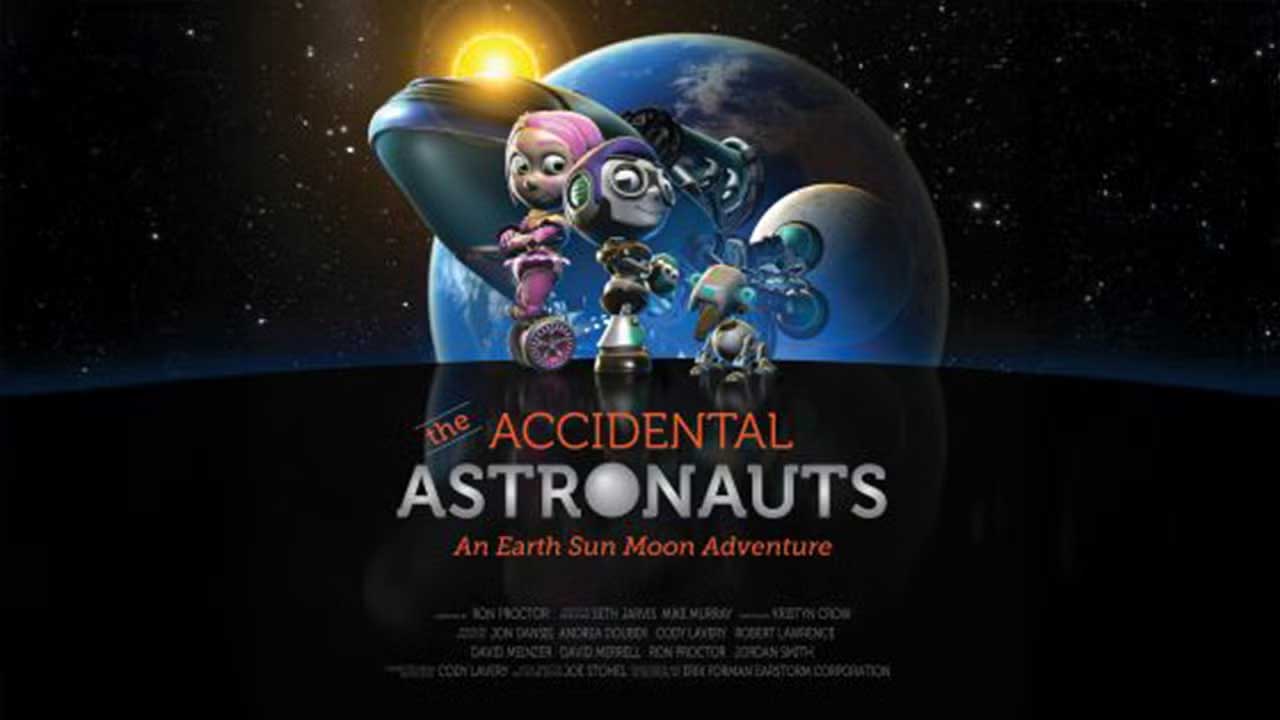
Experience the Aurora
3/27 @ 6, 7, & 8 pm
Tickets Available 3/19/2026
Over seven months in the Arctic Circle, our crews captured timelapse images of the Aurora Borealis with high resolution digital SLR cameras outfitted with fisheye lenses. The results are spectacular. For the first time the aurora has been captured as it was meant to be experienced, as a display that covers the entire sky.
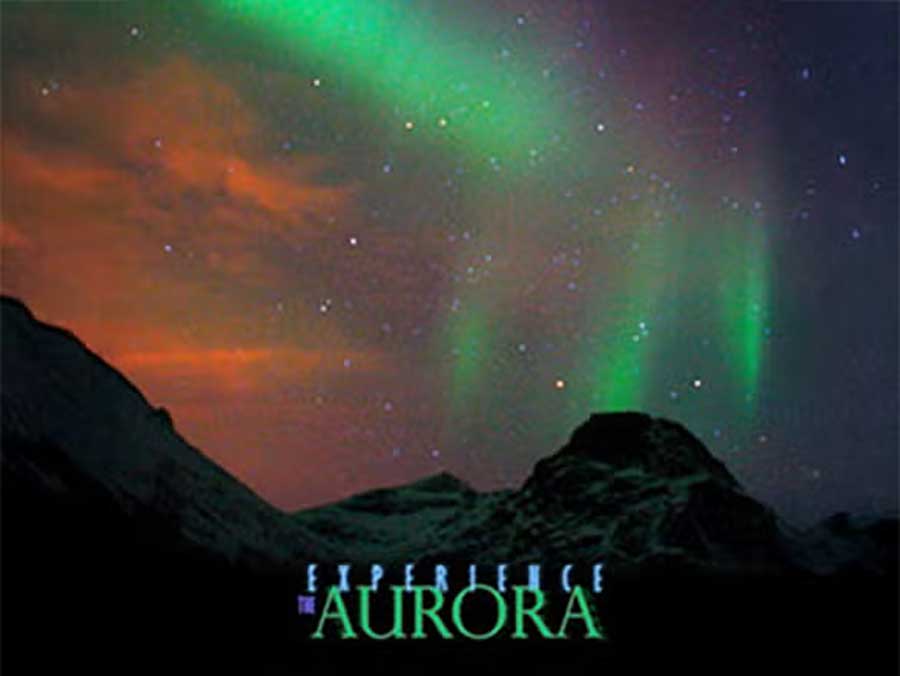
Led Zeppelin
5/1 @ 6, 7, & 8 pm
Tickets Available 4/13/2026
Classic Led Zeppelin hits such as “Kashmir,” “Immigrant Song,” and “Stairway to Heaven” are given the live cosmic light show treatment. You know if you’re a Zeppelin fan, and whether you’d have good times / bad times listening to their music in the light, so don’t let us ramble on.
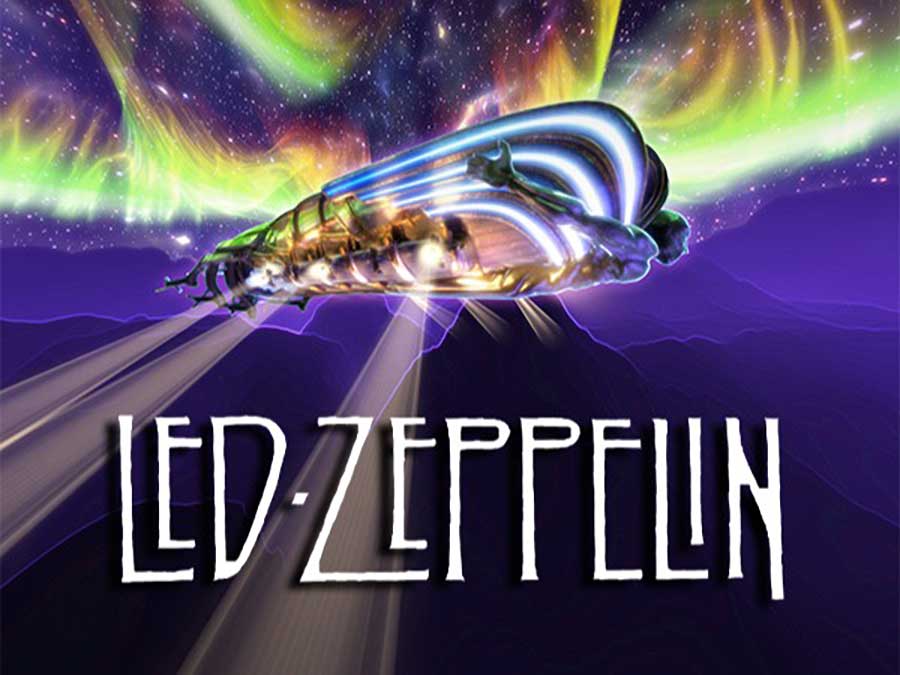
Afternoon Shows
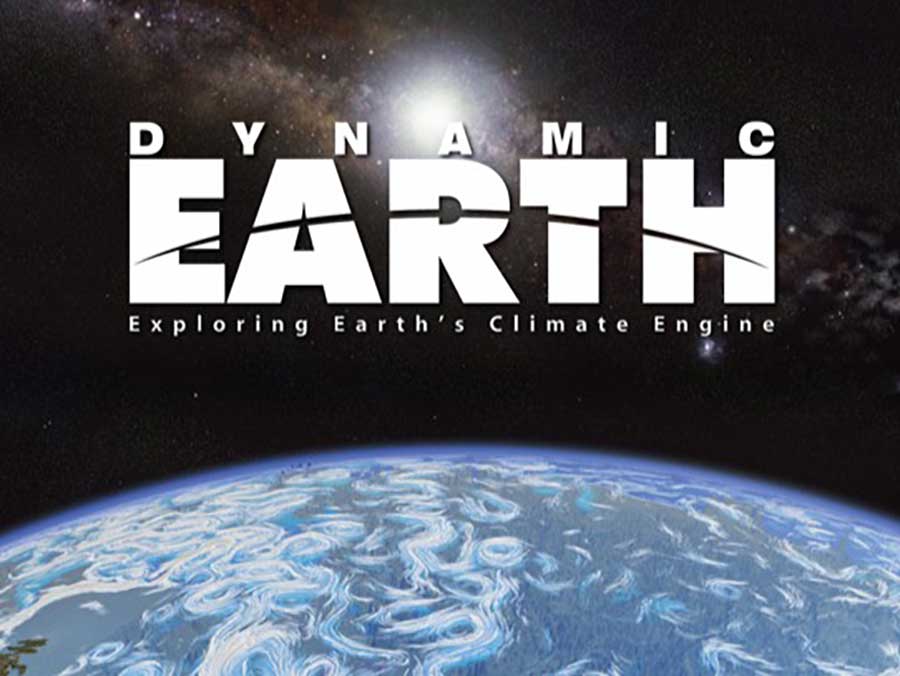
Dynamic Earth
January 29th at 3 p.m.
Explore the inner workings of Earth’s great life support system: the global climate. With visualizations based on satellite monitoring data and advanced supercomputer simulations, this cutting-edge production follows a trail of energy that flows from the Sun into the interlocking systems that shape our climate: the atmosphere, oceans, and the biosphere.
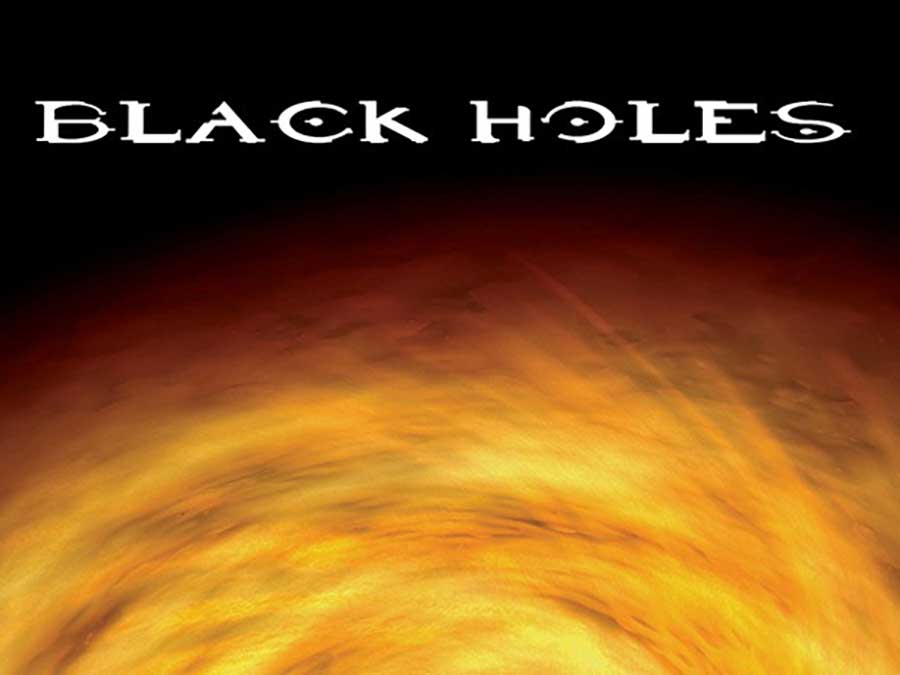
Black Holes
February 12th at 3 p.m.
The immensity and power of black holes inspire wonder and curiosity. The mass of a large star has collapsed and compressed into an area so small that space and time have no meaning within its bounds. Our journey also visits super-massive black holes of unfathomable size at the central point of galaxies.
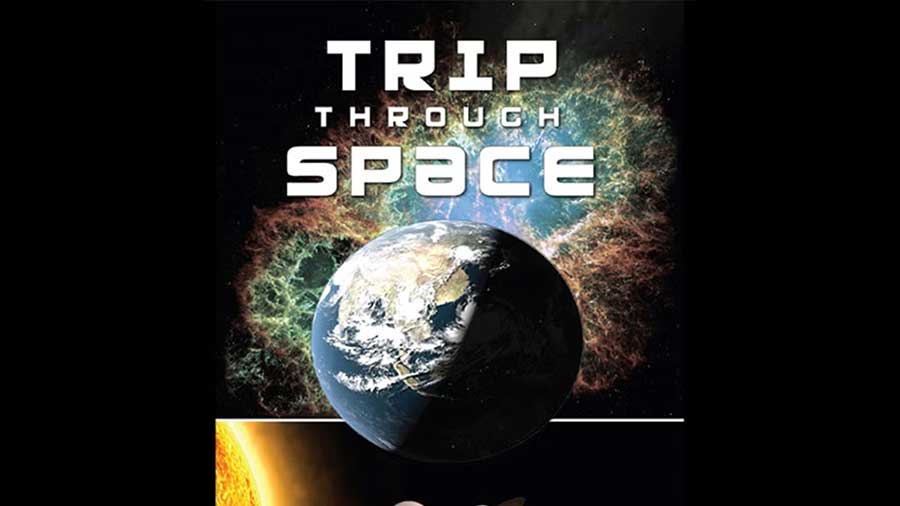
Trip Through Space
March 12th at 3 p.m.
Trip Through Space takes an exciting tour of several constellations found in the Winter evening sky, the Solar System, stars, nebulae, galaxies and more.
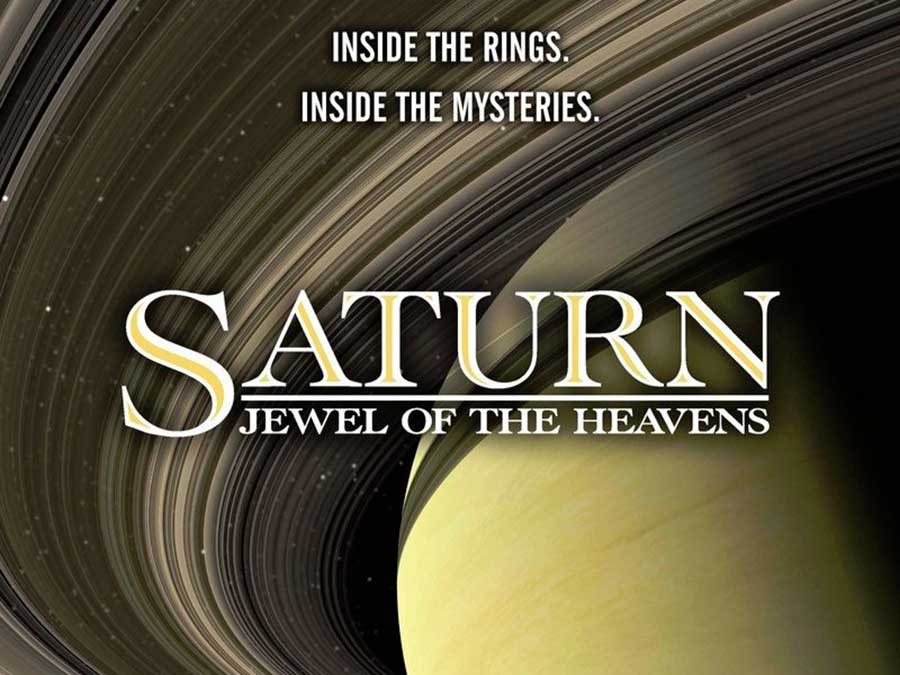
Saturn: Jewel of the Heavens
April 2nd at 3 p.m.
Discover the mystery of Saturn’s rings, explore moons with atmospheres and lakes and even frozen over oceans blowing geysers into space. See the differences in the makeup of the bodies around Saturn, an interacting system of gas giant and moons
Friday Shows
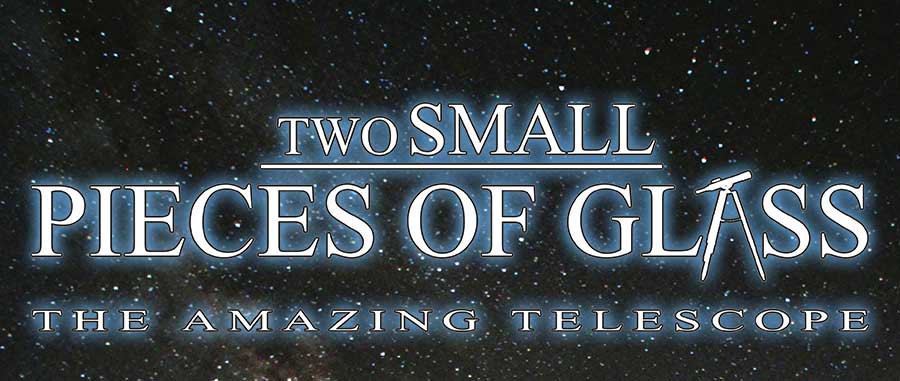
Two Small Pieces of Glass
January 23rd @ 10 am
Galileo’s telescopic observations began a revolution, transforming our views of the cosmos and our place within. It is a revolution which, over four hundred years later, continues.
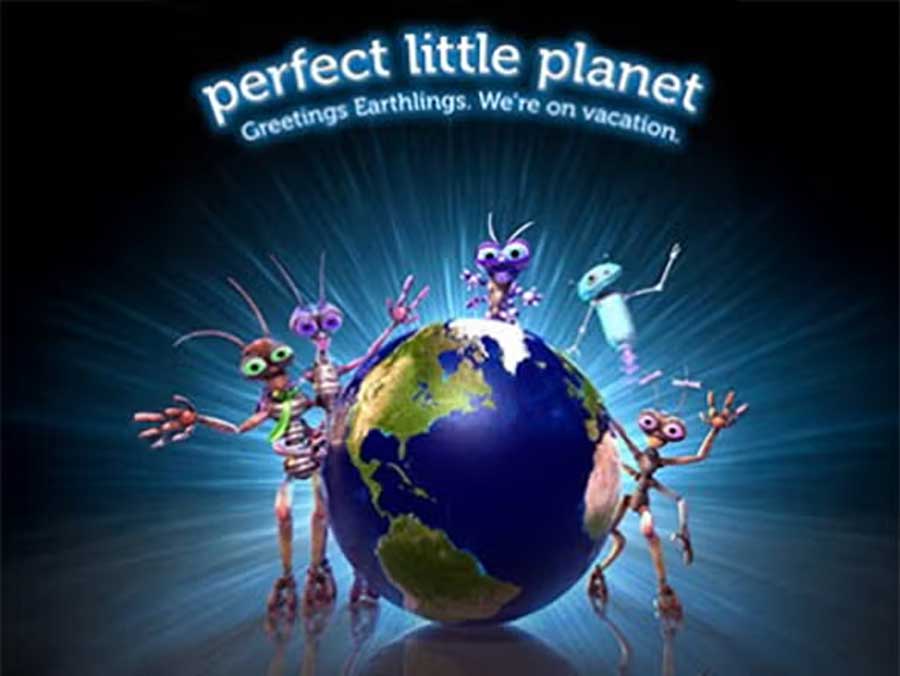
Perfect Little Planet
February 20th @ 10 am
Imagine the ultimate space vacation! Discover our solar system through a new set of eyes – a family from another star system seeking the perfect vacation spot.
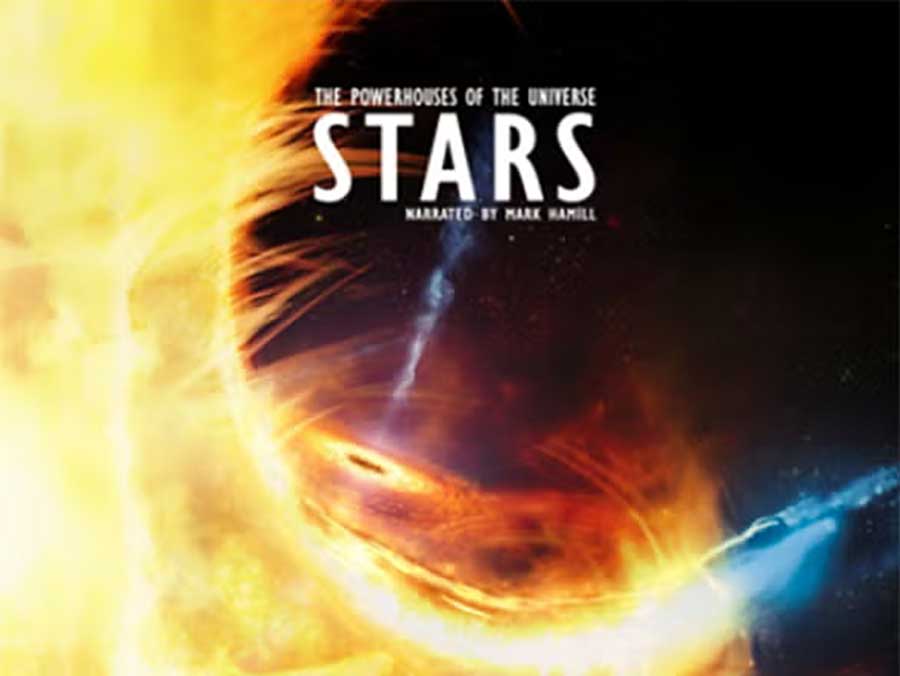
Stars: Powerhouses of the Universe
March 6th@ 10 am
Every star has a story. Some are as old as time, faint and almost forgotten. Others burn bright and end their lives in powerful explosions. New stars are created every day, born of vast clouds of gas and dust. Through every phase of their existence, stars release the energy that lights the Universe. Journey to the furthest reaches of our galaxy and experience both the awesome beauty and destructive power of stars.
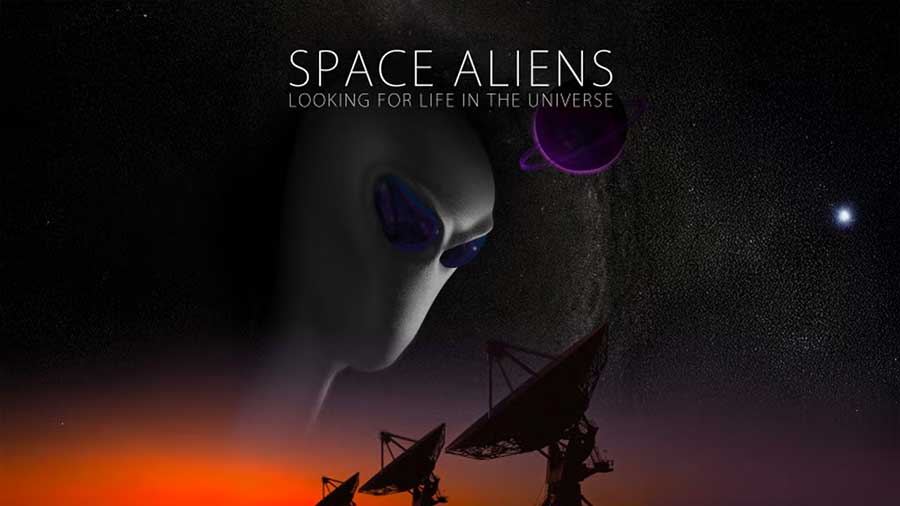
Space Aliens
April 10th @ 10 am
One of the oldest questions humans have asked since looking at the sky has been if life exists beyond our planet. Follow cosmic clues from the ocean floor to a journey across the galaxy!
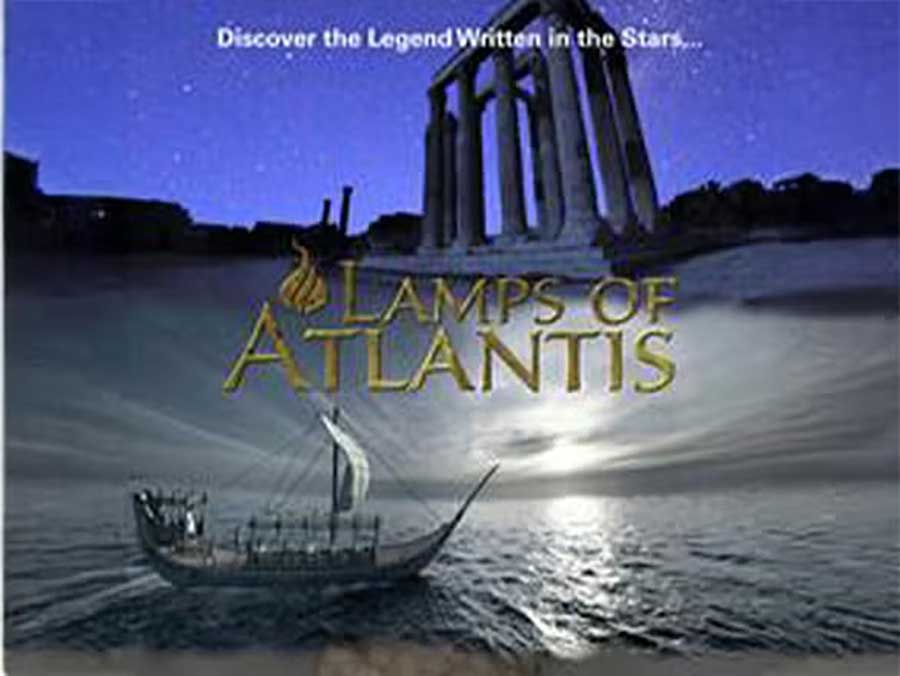
Lamps of Atlantis
April 24th @ 10 am
Our search for the lost continent of Atlantis takes us on a journey through the astronomical knowledge and understanding of the ancient Greeks.
